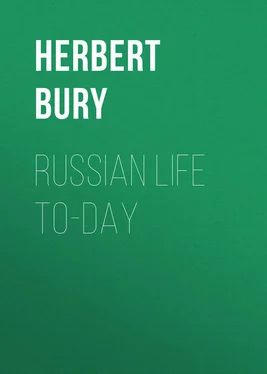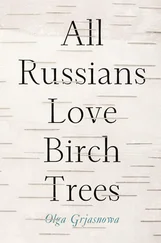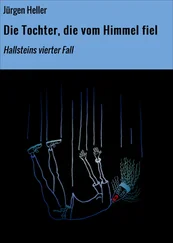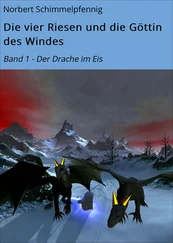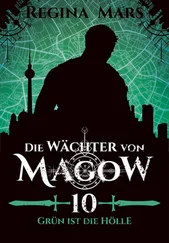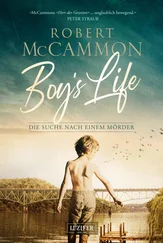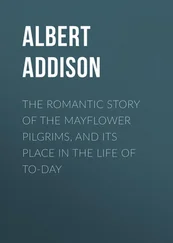Herbert Bury - Russian Life To-day
Здесь есть возможность читать онлайн «Herbert Bury - Russian Life To-day» — ознакомительный отрывок электронной книги совершенно бесплатно, а после прочтения отрывка купить полную версию. В некоторых случаях можно слушать аудио, скачать через торрент в формате fb2 и присутствует краткое содержание. ISBN: , Жанр: foreign_antique, foreign_prose, на английском языке. Описание произведения, (предисловие) а так же отзывы посетителей доступны на портале библиотеки ЛибКат.
- Название:Russian Life To-day
- Автор:
- Жанр:
- Год:неизвестен
- ISBN:http://www.gutenberg.org/ebooks/33303
- Рейтинг книги:5 / 5. Голосов: 1
-
Избранное:Добавить в избранное
- Отзывы:
-
Ваша оценка:
- 100
- 1
- 2
- 3
- 4
- 5
Russian Life To-day: краткое содержание, описание и аннотация
Предлагаем к чтению аннотацию, описание, краткое содержание или предисловие (зависит от того, что написал сам автор книги «Russian Life To-day»). Если вы не нашли необходимую информацию о книге — напишите в комментариях, мы постараемся отыскать её.
Russian Life To-day — читать онлайн ознакомительный отрывок
Ниже представлен текст книги, разбитый по страницам. Система сохранения места последней прочитанной страницы, позволяет с удобством читать онлайн бесплатно книгу «Russian Life To-day», без необходимости каждый раз заново искать на чём Вы остановились. Поставьте закладку, и сможете в любой момент перейти на страницу, на которой закончили чтение.
Интервал:
Закладка:
Since the emancipation of the serfs there has been a steady growth of the democratic, almost communal, spirit in all the peasant villages of Russia, and though their powers have been somewhat curtailed since 1889 they are self-governing and very responsible communities. Some of the best and most interesting Russian stories, therefore, deal with incidents and experiences in village life; and it is the great fact that Sir Donald Mackenzie Wallace, whose book upon Russia is one of the most complete character, went and shut himself out from the rest of the world at the little village of Ivanofka, in the province of Novgorod, and there drank in the spirit of the language and of the national life, that makes his compendious work a real classic for those who want truly to understand Russian life and nationality.
There are two distinct social and constitutional forces at work, therefore, and not working slowly and deliberately, as so often in the past, but with great rapidity – the autocratic seeking to realize its responsibilities and to fulfil them, and the democratic feeling that its ideals are coming nearer to being realized every day.
There is consequently no country so absorbingly interesting to the constitutionalist at this time as Russia. Nothing can be more stimulating, to those who want to read the signs of the times, than to know that revolutionaries, such as M. Bourtzeff, 1 1 See end of this chapter, p. 45.
who had left their country in despair to plan and plot, have now returned, without troubling whether they would be pardoned or punished, full of expectant hope for their country’s constitutional future. Perhaps cautious people will hope that progress may be slow, but the great thing is to be able to say, “It moves.”
Every city and great town in Russia has something specially characteristic about it, and of course they are, as yet, very few in number. Catherine the Great, as is well known, thought cities and towns could be created, though she found out her mistake, and Russia still remains a land of villages rather than of towns, but the great towns which do exist have usually very distinctive features.
Petrograd, for instance, though, as Peter intended it should be, essentially modern, has its very special features in its domed churches and the magnificence of its wide river with the great palaces upon its banks and bordering upon its quays. The fortress of S. Peter and S. Paul, on the opposite side, “home of political prisoners and dead Tsars,” when the sun is setting, is never to be forgotten, and enters at once upon the field of vision as one thinks of Peter’s capital.
Then Moscow! How well I remember Bishop Creighton’s enthusiasm whenever he spoke of Moscow. Though his face might be calm and its expression grave before, only let Moscow be mentioned and it would light up at once, as with sparkling eyes he would exclaim: —
“Moscow! – oh, you must see Moscow: nothing in the world is like it. You must see it.”
But it is really the Kremlin which makes Moscow unique, with an intangible influence and sense of association connected with it that no one can describe, as one thinks of its historic past and of Napoleon! The Kremlin! I had read and heard descriptions of it from time to time, but was in no way prepared for that vast area of palaces, churches, treasuries, great houses, and barracks, enclosed by glorious walls and towers and entered by impressive gateways, over which one gazed with wondering eyes when seen first under the blue sky and brilliant winter sun.
It is no use attempting to describe it; but Moscow is the Kremlin, and to feel the Kremlin is to know Moscow.
Upon entering the Spassky Gate, or Gate of the Redeemer, every hat has to be removed in honour of the ikon of the Saviour which is placed above it. The picture was placed there, by the Tsar Alexis, in 1647, to be regarded as the “palladium of the Kremlin,” and the order was given then that hats should be removed when passing through. The law is rigorously enforced still, and though it is sometimes a trial – I had frostbite in consequence when I last went through a year ago – yet the act is almost an instinctive one when entering or leaving the Kremlin.
Warsaw, again – for no one in this generation can dissociate it from Russia and call it Polish only – with its glorious position on the Vistula in the midst of its great plain, though not so ancient and inspiring as Cracow, in Galicia, is full of moving appeal to the national and historic sense for those who visit it for the first time, and especially, as in my own case, when entering the empire by that route. I have seen Warsaw in spring, summer, and winter, and always felt its charm; and I have not felt more deeply moved for a long time than by the Emperor’s proclamation that he intended the Poles once more to be a nation and – there can be but little doubt about it – with Warsaw as its capital.
Riga also, the great shipping-port on the Baltic, which I have entered by sea and by land, and when coming in by sea have had the pleasure of seeing our beautiful English church on the shore with its graceful spire standing out conspicuously, yet blending in with other towers and pinnacles. How very characteristic of the Baltic and attractive the city is, with its blending of the Teuton and Slav populations! But how essentially Russian it is in all its leading features, while different from all other Russian cities! It is so wherever one goes both on this and on the other side of the Urals. There always seems to be something specially characteristic in these great centres of population; and they all seem as if, unlike other towns, they had each their own interesting story to tell for those who have ears to hear.
Town or city life in Russia is not very representative of the true life of the country and its people, though it undoubtedly exerts a widespread influence upon their general social life; for Russia’s vast population is not gathered together in either towns or cities, but in hamlets and villages. Sir Donald Mackenzie Wallace tells us that when he wrote his first book on Russia, in 1877, there were only eleven towns with a population of over 50,000 in European Russia, and that, in 1905, they had only increased to thirty-four. The increase of the future will no doubt be more rapid when the war is over.
The great cities will probably, as practically all the cities of Europe have done of late years, follow the lead of Paris under Baron Hausmann in the character of their imposing blocks of houses and wide boulevards, and one capital will be much the same as any other in Europe in its general appearance and social life.
Russian cities, however, even the capital, though ever becoming more cosmopolitan, still possess their many distinctive and interesting features, costumes, and customs, and are most picturesque and interesting, of course, during the long winter. It gives one a shock almost to go for the first time to Warsaw or Petrograd – at Moscow there is always the Kremlin – in the middle of the summer. There is little to distinguish them then, apart from the ever-glorious beauty of the churches, from Buda-Pest or Vienna.
But in the winter! Then it is everywhere still characteristic Russia. The sledges, for instance, with their troikas ! They are the same carriages or droschkes as in summer, but with runners instead of wheels. Horses are harnessed in the same way in both seasons, and even the coachmen seem to wear exactly the same dress all the year round, edged with fur like their caps, though the padding inside the coat must be less in summer, one would think. The sledges of nobles and other wealthy people, used in the winter only, are painted and decorated most attractively. To drive out on a winter night, under a sky brilliant with stars, the air extraordinarily keen, bracing, and stimulating, the bells tinkling from the high and graceful yoke which rises from the central horse of the three, wrapped in furs, and with no sounds but the bells and the crack of whips and the subdued crunching of the snow, is to taste one of the joys of life, and feel to the full, with happiness in the feeling, “This is Russia!”
Читать дальшеИнтервал:
Закладка:
Похожие книги на «Russian Life To-day»
Представляем Вашему вниманию похожие книги на «Russian Life To-day» списком для выбора. Мы отобрали схожую по названию и смыслу литературу в надежде предоставить читателям больше вариантов отыскать новые, интересные, ещё непрочитанные произведения.
Обсуждение, отзывы о книге «Russian Life To-day» и просто собственные мнения читателей. Оставьте ваши комментарии, напишите, что Вы думаете о произведении, его смысле или главных героях. Укажите что конкретно понравилось, а что нет, и почему Вы так считаете.
